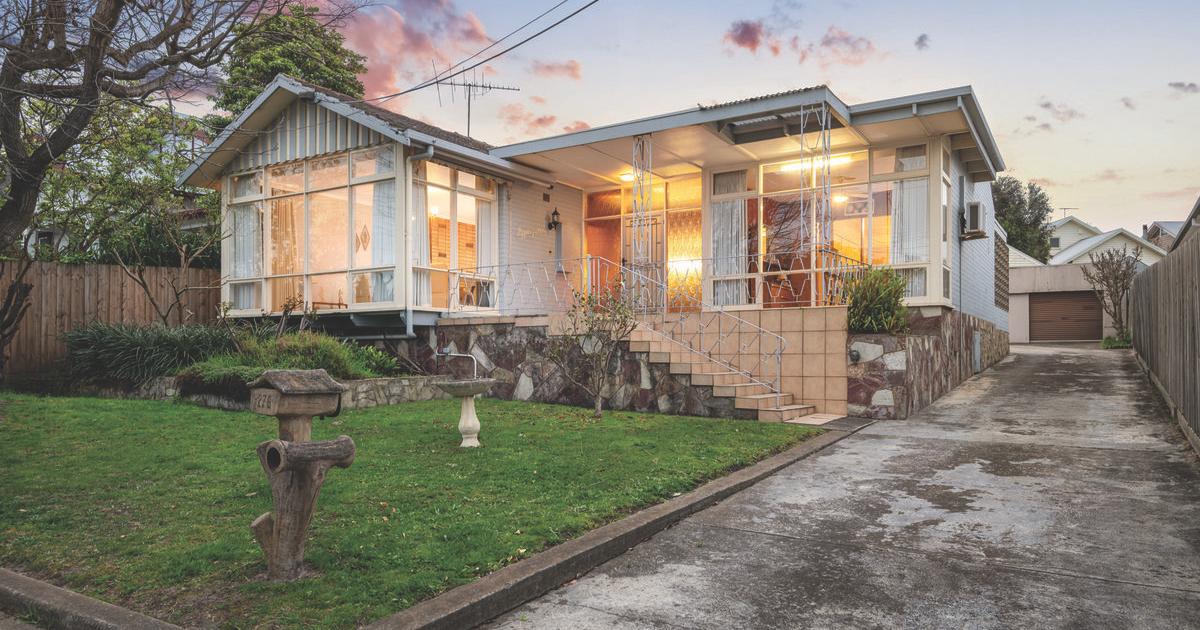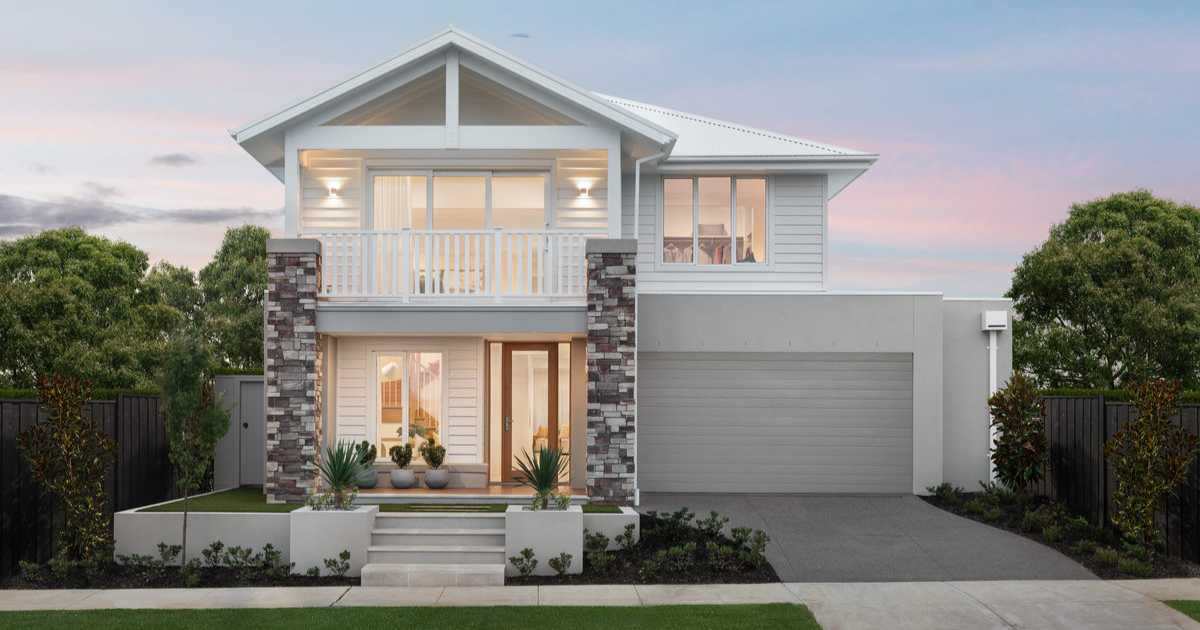Design dos: how to add colour to your home
We often read inside interior design magazines or decorating books that a ‘pop’ of colour is a great way to breathe some life into a space.
But where exactly is a good spot to add this pop of colour?
It can become tricky to decide this, especially because for the pop to truly work like a contrast, it needs to be bright, eye-catching and bold – this is the only way it can stand out from the rest of the room’s decor or colour palette.
If you’re not completely confident with colour, introduce a vibrant hue with small objects and accessories; coasters on the coffee table, a candle, a vase – pick these smaller sized objects in vivid colours and spread them out across the room for little pops of prettiness.
A rule of thumb to follow with accent items is that good things come in threes.
Place the accent objects in three different areas of the room, well spread out in a triangular formation. Doing so gives the room a cohesive, professionally-styled look.
For example, in a bedroom, a throw on the base of the bed, two large cushions near the bedhead, and repeat the colour in some art on your wall.
What about painting a feature wall? But how do you decide which wall is the right wall?
Generally, the feature wall will be the wall that is naturally the focal point of the room – if you have a fireplace, it will usually be the fireplace wall.
Ideally a feature wall will be relatively free of clutter and windows so that the paint colour or wallpaper doesn’t have to compete for attention.
Colour is a very personal and subjective thing, but in home-decorating, as in fashion, it does tend to go in and out of favour.
The psychology behind the colours we choose to incorporate into our lives can also be reflective of our natural character, and when using colour decorating your home, it’s important to be mindful of how a colour makes you feel.
For instance, red is considered a powerful colour that can have a physical, stimulating effect that can be lively and friendly, but can also be perceived as demanding and aggressive.
Red is the colour of fire, so it can also have a warming effect and in my opinion – when decorating it’s best used in small amounts.
Blue is considered soothing and affects us mentally rather than the physical reaction we have to red. Strong blues will stimulate clear thought and lighter, softer blues will calm the mind and aid concentration; serene and mentally calming, it is the colour of clear communication but is also considered a cold colour.
Psychologically, yellow is emotionally stimulating, lifting our spirits.
Its considered the colour of confidence and optimism, however too much of it can also have the opposite effect.
Since it is a combination of red and yellow, orange is stimulating and our reaction to it is a combination of the physical and the emotional, it focuses our minds on issues of physical comfort – food, warmth, shelter etc. and sensuality, it is a ‘fun’ colour.
Restful green is at the centre of the colour spectrum and is reassuring, signifying harmony and balance; try adding some plants or foliage into your homes and notice the impact it has.
Black is all colours, totally absorbed.
It creates protective barriers as it absorbs all the energy coming towards you, black is essentially an absence of light- since no wavelengths are reflected and can therefore be menacing as many people are afraid of the dark.
Positively, it communicates clarity and sophistication, and works particularly well with white, which is why a monochrome interior always looks great.
Unfortunately, it is a myth that black clothes are slimming.
Just as black is total absorption white is a total reflection, in effect, it reflects the full force of the spectrum into our eyes.
It also creates barriers but differently from black, and it is often a strain to look at.
White is purity and, like black, uncompromising; it is clean, hygienic, and sterile.
This concept of sterility can be negative particularly in an interior, however visually it gives a heightened perception of space.
This is just a snap shot of some of the psychology behind certain colours.
Choose your colours based on your own needs, keeping in mind how you want your space to feel. After all, your home should be your sanctuary. Happy decorating.


















